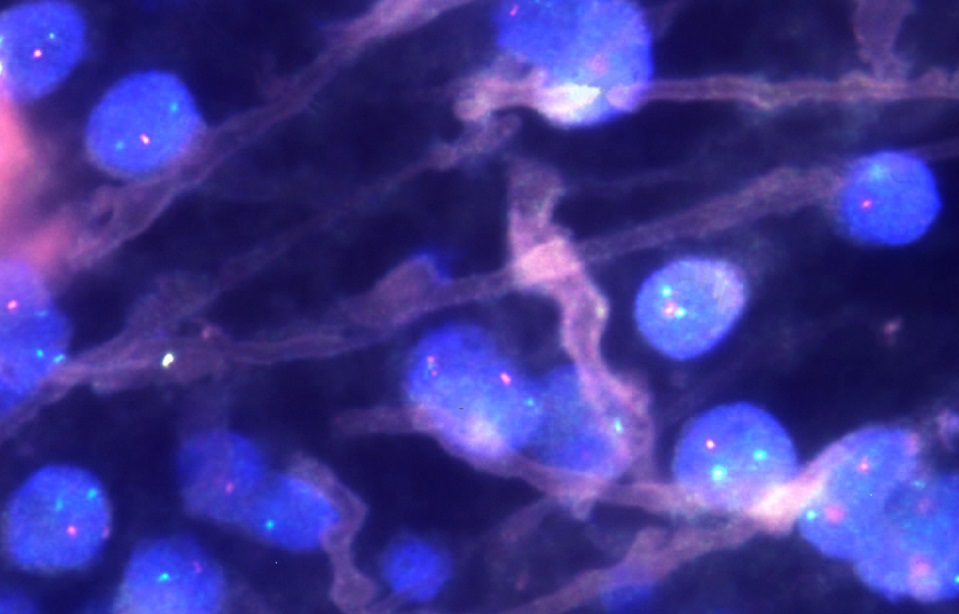
Brain UK study ref: 20/010,
Lay summary,
Project status: Active
Pathological and molecular stratification of ACTH-secreting pituitary tumours to predict recurrence after bilateral adrenalectomy
Dr Federico Roncaroli, University of Manchester
The pituitary gland is a small organ located at the base of the skull. It produces substances called hormones that regulate most of the body functions. The pituitary gland is the site of tumours that produce the same hormones as the normal tissue. One tumour type produces adrenocorticotrophic hormone, which causes a condition called Cushing’s disease as it stimulates another organ called the adrenal gland. Tumours causing Cushing’s disease can often be removed with surgery but in some instances, they are too big to be cured with an operation. One option in patients with incurable Cushing’s disease is therefore to remove the adrenal glands. This works in some patients while other patients get worse and develop a condition called Nelson syndrome, named after the American doctor who discovered it. Patients with Nelson syndrome do not do well because the tumour left back in the pituitary grows without control and it becomes malignant. It is unknown why some patients develop Nelson syndrome and others do not. We wish to study a series of pituitary tumours in patients with and without Nelson syndrome to discover why these tumours turn into a nasty lesion after the operation to remove adrenal glands.
